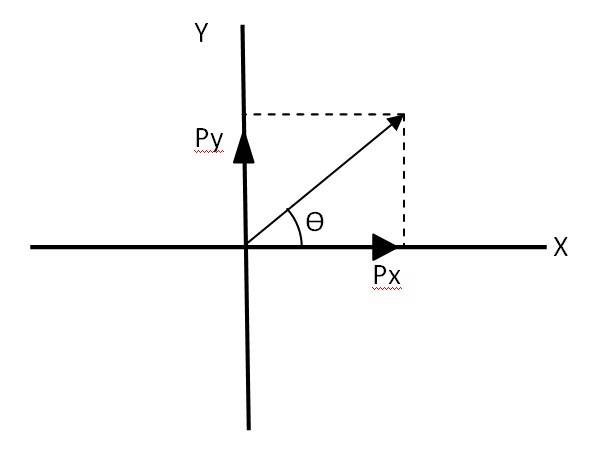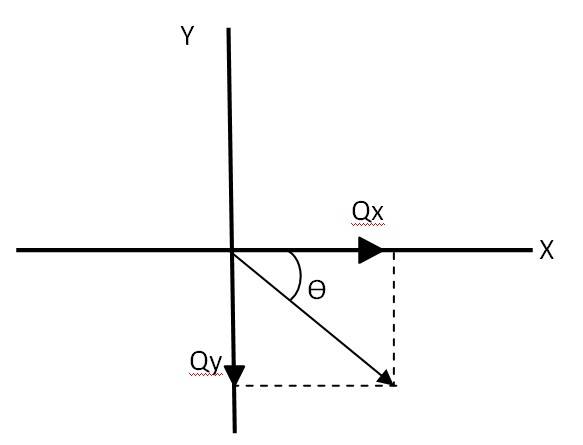What is the Kinetic Theory chapter in Class 11 Physics?
-
1 Answer
-
The Kinetic Theory chapter in Class 11 Physics focuses on the microscopic behavior of gas particles and how their motion relates to macroscopic properties like pressure, temperature, and volume. The Kinetic Theory of gases explains the concept of ideal gases, kinetic energy of gas molecules, degrees of freedom, and the equipartition of energy. The chapter bridges the gap between molecular behavior and classical thermodynamics. NCERT provides a clear explanation along with conceptual and numerical exercises that help strengthen the understanding of gas laws and particle motion.
Similar Questions for you
Yes, there are many numerical problems in class 11 Physics. All important formulas must be on figure tips.
Class 11 Physics Chapter 11 is Thermodynamics. It is one of the most important topic in Physics.
There are three main processes Isothermal, adiabatic and cyclic process. In isothermal, the system is thermally conductive and the temperature remains constant. In adiabatic process, the system is thermally isolated and there is no change in heat temperature. The system returns to its initial stage in the cyclic process.
4.22

Let us consider a vector . The equation can be written as
Px = Py = 1 = = = …….(i)
So the magnitude of vector + =
Let be the angle made by vector , with the x axis as given in the above figure
= = , = 45 with the x axis

Let = -
– = ( –
= = 1
= =
Hence = . Therefore the magnitude of ( + =
Let
Taking an Exam? Selecting a College?
Get authentic answers from experts, students and alumni that you won't find anywhere else
Sign Up on ShikshaOn Shiksha, get access to
- 66k Colleges
- 1.2k Exams
- 680k Reviews
- 1800k Answers

